Nestled far into the Western Ghats of Dakshin Kannada, on the banks of the great river Nethravati, lies the source of most major headlines, national and international, for the last several fortnights. The Shri Dharmasthala Manjunatheshwara temple, more than 800 years old, is not new to the limelight, and has, in the long period of its existence, attracted over two thousand Lord Shiva devotees in a year. Over the years, a small, eponymous town, more accurately described as a settlement, has established itself in and around the foothills of the temple. Governed by a hierarchy that seems to mimic the lay of the land, this temple town, together referred to as Dharmasthala itself, has, of late, become the centre of a controversy few can believe has arisen on the banks of this purported land of righteousness and piety.
Amid the fast-churning mud of the Nethravati lay skeletons long-buried, bones accumulated from over three decades, and the alleged key to over a hundred unsolved missing persons cases— all promised to be revealed by the one man the media around the world has deemed “the whistleblower”.
The Dharmasthala mass burials
On the third of July, 2025, the temple-town of Dharmasthala found itself in the midst of an unprecedented media frenzy, as a 48-year-old Dalit man, claiming to be an ex-sanitation worker at the temple between 1998 and 2014, approached the local police with a confessional affidavit. He claimed that in the nearly two decades of his employment, his duties did not merely consist of regular cleaning jobs. Rather, the man claims he was forced to have buried and disposed of over a hundred bodies along the banks of the river Nethravati. Many were women, and most bore distinct marks of sexual assault and violence.
The complex and multifarious power structures of the town, where historically, the temple and its heritarily acquired administrative body have served as the de facto law of the land, made it such that it was impossible for the whistleblower to have come forth with his evidence sooner. Threats extended beyond his own life and onto his family, which, ironically became the impetus for him to finally execute his escape.
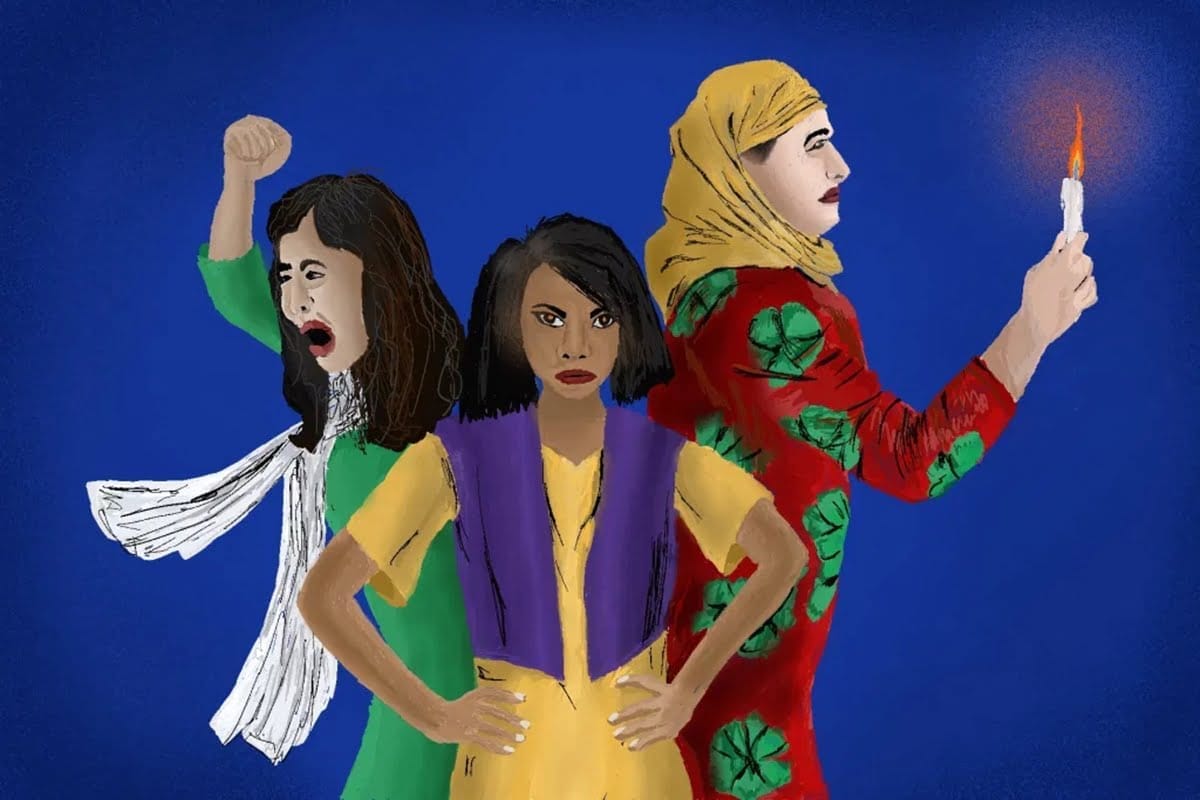
In 2014, when a member of his own family was sexually harassed by persons closely affiliated with the temple’s administrative body, the whistleblower was all too familiar with exactly what might come next. It is then that he, with his family, made a speedy exit away from the town and its maleficent flows of power. He has been living in hiding ever since. But the shadows of the dead are more difficult to escape than threats to life, which is why the whistleblower comes forward almost a decade later, to “recover from an insurmountable sense of guilt.”
In a six-page statement written in Kannada, the unnamed man and a now-court-protected witness says: ‘I can no longer bear the burden of memories of the murders I witnessed, the continuous death threats to bury the corpses I received, and the pain of beatings– that if I did not bury those corpses, I would be buried alongside them.’
In an act of retribution, the whistleblower now promises to lead the law enforcement agencies to several of the burial sites as proof of his claims.
In an act of retribution, the whistleblower now promises to lead the law enforcement agencies to several of the burial sites as proof of his claims. Of the thirteen he locates, and the eleven that have since been excavated, two have yielded bone and skull evidence. Much of the evidence has been washed away by the force of the river and the flow of the years. Yet, substantial effort is still underway. Persistent public outrage has encouraged the Karnataka state government to formulate a Special Investigation Team (SIT) to continue the probe, with its new findings periodically revealed to the public eye. The scandal has consistently made headlines since the beginning of July, and for once, this seems to be a case shocking enough to surpass short attention spans in the age of the internet.
The role of the media in Dharmasthala
However, as a court-protected witness, the identity of the whistleblower himself has remained under wraps, and quite literally, as The photographs of the man appearing before a Belthangady court to submit his witness statement show him garbed in all black, complete with a black bag covering his entire face, with only holes cut out for eyes. The threat to his life being what it is, the proceedings were conducted in a closed court and concluded with a sealed affidavit that contain the names of the alleged perpetrators.
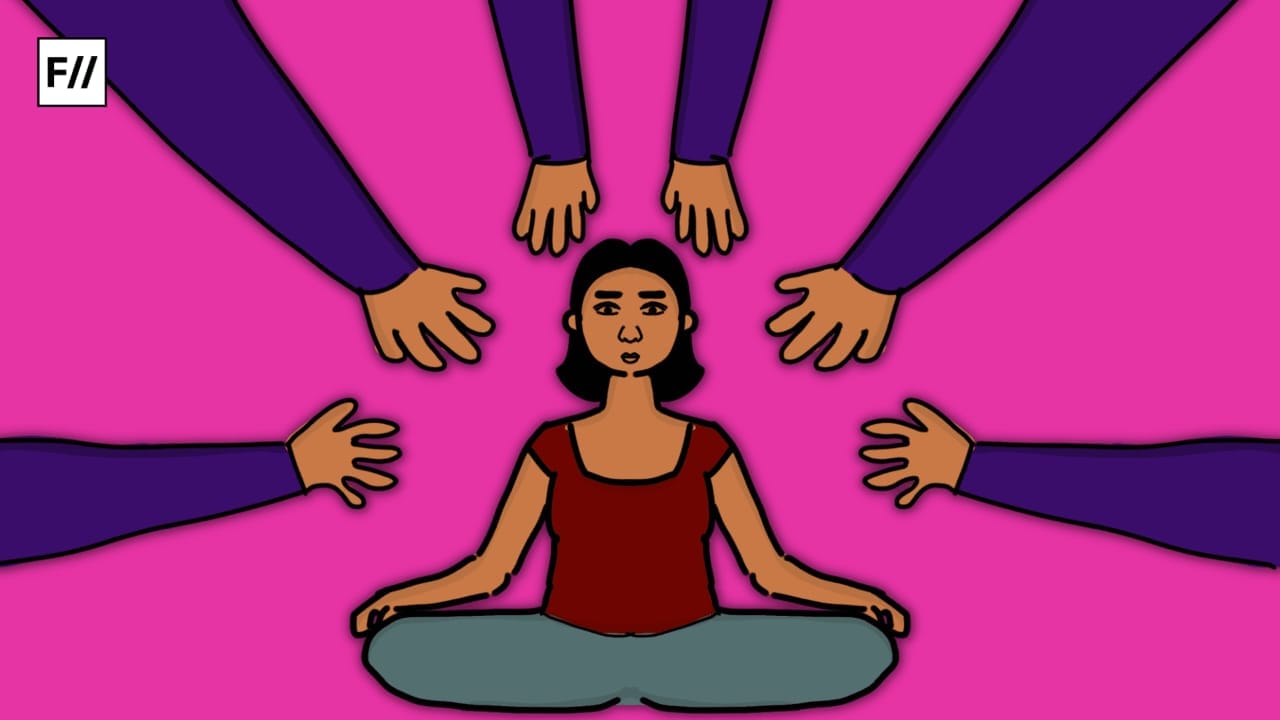
Already shrouded in heavy mystery, the plot has only thickened with the appearance of this document, stored away from even the eyes of the judges, and only to be opened under the condition of the whistleblower’s disappearance. The affidavit serves as an insurance against the life of the whistleblower, and together with his identity concealed and the perpetrators (potentially) revealed, the measures ensure that the media scrutiny and public interest only invigorates, but do not botch up the investigation.
Thus, while the whistleblower has been protected from the public eye, the temple administration has not been so lucky. Suddenly finding itself under thick limelight, a barrage of reportage about the temple and its sordid history now circulates in online and print news networks. The temple administration is not content with playing the spectacle either.
Refashioning the harsh glare of the spotlight into the narrative of a deer in headlights, Harshendra Kumar D, secretary of the Dharmasthala temple administration, approached a civil court in Bengaluru to file a defamation lawsuit against numerous media outlets and digital platforms.
Refashioning the harsh glare of the spotlight into the narrative of a deer in headlights, Harshendra Kumar D, secretary of the Dharmasthala temple administration, approached a civil court in Bengaluru to file a defamation lawsuit against numerous media outlets and digital platforms. The court responded on the thirteenth of July, with an ex parte gag order that not only placed restrictions on over 390 media outlets against reporting on the Dharmasthala temple, but also ordered the removal of any existing reportage, which entailed a widespread online sanitation of over 9000 online links and articles.
The role of the judiciary in Dharmasthala
The court order met with severe backlash and only enhanced the mass outflux of information, if not about the case in particular, then about the implications of such a pervasive court order that threatens the sanctity of free and fair media coverage in the country. But concerns were not restricted to the cause of journalism alone, and also concerned the Indian judiciary at large. What sort of precedent does such a sweeping gag order allow for the future of an already threatened media circuit in India? Echoing the public’s concerns, the Karnataka High Court, on the first of August, quashed the gag order, calling it “unsustainable” and an unconstitutional “prior restraint” on publication.
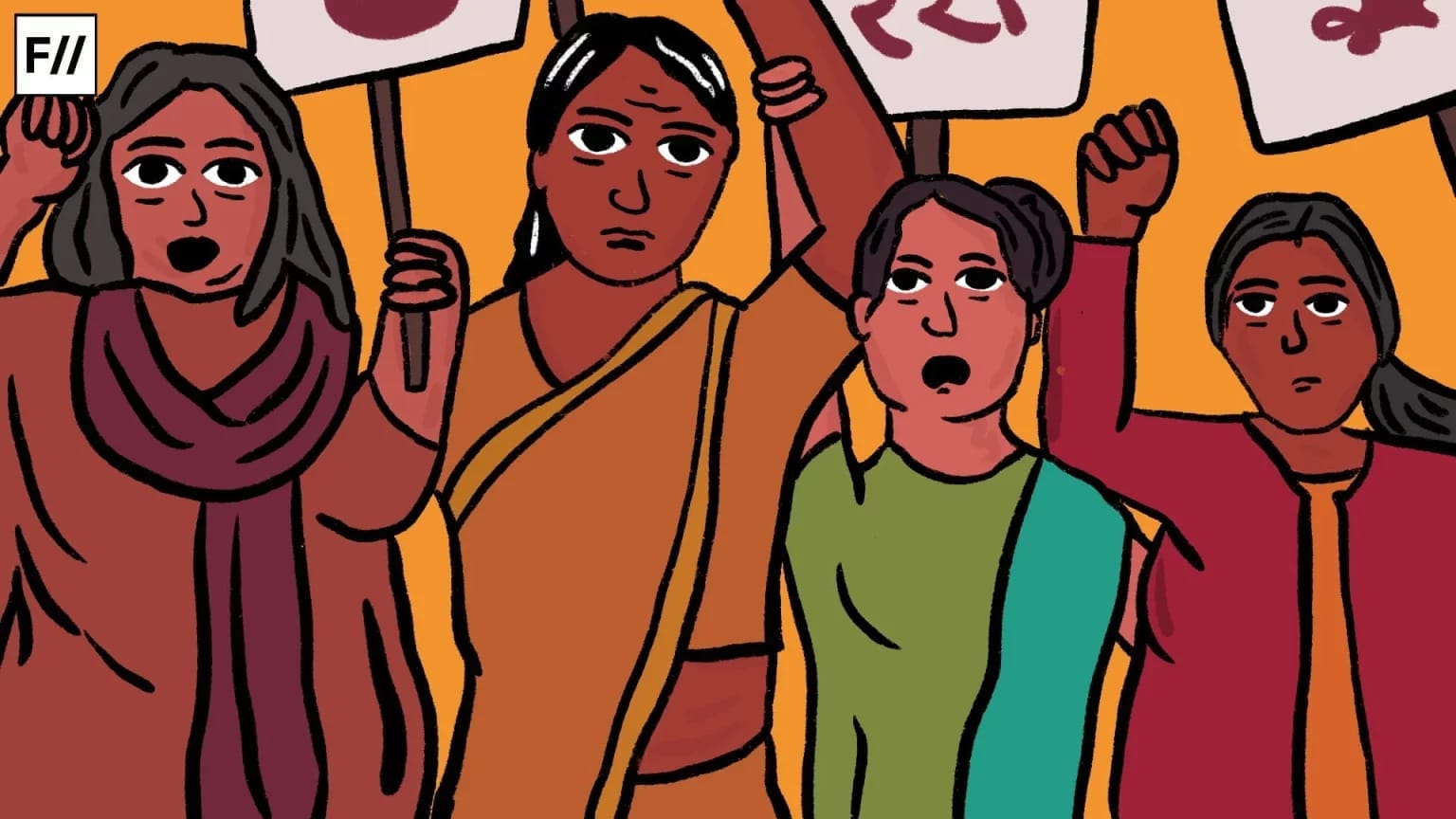
Justice M. Nagaprasanna criticised the civil court’s order for lacking judicial reasoning and being overly broad. Such a gag order has been historically made only under cases of special circumstance because it creates, what is in media terms, called a “chilling effect” by purporting a sense of fear to reveal any facts to the deserving public eye. A restraint of this measure cannot be accounted for by a few instances of misinformation online.
On August 8th, the Supreme Court of India echoed the sentiments of the High Court while simultaneously refusing to interfere with its decision: ‘Gag orders are super injunctions. They stifle free speech. We live in a free country.’ To that end, the apex court, however, also directed the court of first instance to reconsider the defamation plea independent of the High Court’s influence. Judge Vijaya Kumar Rai B, who presided over the original defamation lawsuit filed by Mr. Harshendra, has since then recused himself from the proceedings under allegations of a conflict of interest purported by one of the defendants.
Power-knowledge and the nexus between state and religion
Just as this is far from the first time the Dharmasthala temple has been a cause for suspicion— as is evidenced by the continual efforts on the part of family and friends in the 2012 case of the 17-year-old Dharmasthala resident, Sowjanya Gowda, or the 2003 case of the disappearance of an MBBS student at the temple-town as a tourist, Ananya Bhat— it is also far from the first time that a gag order restraining the media has become the subject of public outrage. Even the apex court of the country does not nurse qualms to decree that such gag orders are “superinjuctions” and must only be prescribed in the case of extreme circumstances. They directly violate any citizen’s right to free speech, which is protected as a fundamental right under the Constitution of India. This is not to dismiss the potential harm that misinformation can have on an active investigation, or to absolve the power that the media holds with regard to sentiments surrounding the case.
While the second outcome is quite obvious with its miscarriage of justice, as is easily observable in K. M. Nanavati vs. State of Maharashtra (the case is widely dated to the demise of the jury system in India), the first circumstance is more complicated in and of itself.
A barrage of reportage and media outcry, as such, can lead to either of two circumstances: one, where due pressure is built on the relevant authorities to expedite justice, or two, where a media trial can flip the founding basis of the judiciary (innocent until proven guilty) by arriving upon a verdict in the court of the people. While the second outcome is quite obvious with its miscarriage of justice, as is easily observable in K. M. Nanavati vs. State of Maharashtra (the case is widely dated to the demise of the jury system in India), the first circumstance is more complicated in and of itself. Speedy justice and public pressure can result in quick capture and identification of suspects, as in the case of the 2012 Delhi gang rape and murder, a.k.a the Nirbhaya case. But it can also very easily allow for the police to produce sham suspects, as is true for the identification of the prime suspect, Santhosh Rao, in the 2012 Sowjanya case itself.
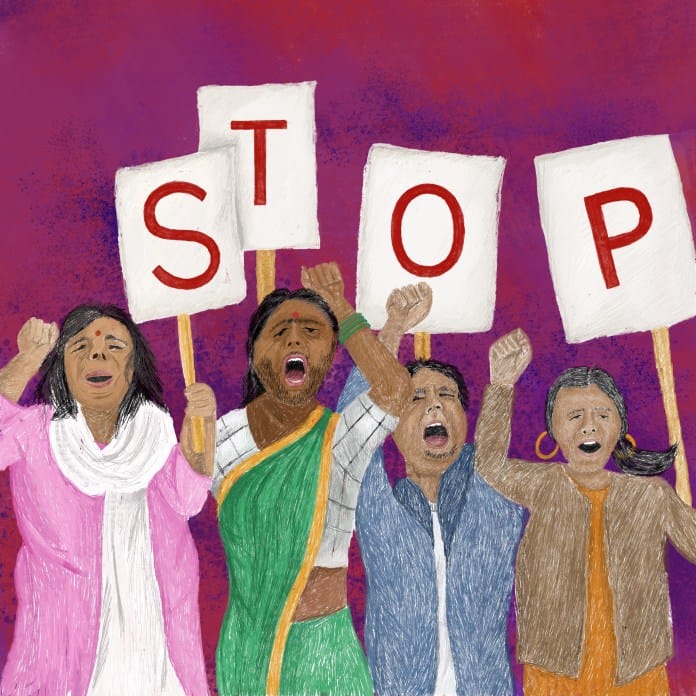
However, the alacrity with which the civil court decreed a sweeping, pervasive injunction was not merely a legal overreach but a potent demonstration of how a powerful religious institution can co-opt state mechanisms for its own defense. By attempting to silence public discourse and prevent further investigation into the horrific allegations, the gag order served as a legal shield for what can only be described as a deeply entrenched extra-judicial system of power. This legal maneuvering shows how the nexus of religious and state authority can, with seamless ease, seek to override constitutional principles like freedom of the press and the public’s right to know when its impunity is at stake.
What’s at stake now
For decades, the Dharmasthala temple’s sprawling socio-economic empire and political ties to the state allowed it to dictate the official narrative, effectively controlling what was considered the truth in the region under its governance. The existence of a systemic pattern of violence and cover-ups was buried under a benevolent public image, a situation not dissimilar to how the state apparatus can attempt to manage public perception of politically inconvenient claims.
A recent example of this can be seen in the hesitant coverage of Rahul Gandhi’s purported claim concerning electoral fraud. Even in the age of an unprecedented IT boom, where news networks can reach even the margins in mere minutes, it is not uncommon for powerful entities to leverage their authority to challenge or dismiss information that threatens their legitimacy.
Even in the age of an unprecedented IT boom, where news networks can reach even the margins in mere minutes, it is not uncommon for powerful entities to leverage their authority to challenge or dismiss information that threatens their legitimacy.
However, the Dharmasthala saga provides a powerful counter-narrative: a marginalised Dalit whistleblower, by possessing and bravely revealing his knowledge of the mass burials, managed to single-handedly puncture the institution’s decades-long facade. His courage, amplified by a relentless media, demonstrated that knowledge, when given a platform, is a form of power that can confront and potentially dismantle even the most formidable of institutional fortresses. As it were, the Dharmasthala case becomes an important reminder that while power can meticulously control a system of knowledge, it is knowledge, once unbound, that holds the power to topple existing networks of authority.
About the author(s)
Ananya is a writer and researcher of all things literature. With a particular emphasis on film, gender, and sexuality, she is great at curating the perfect movie night, but when it comes to life itself, she's still figuring out the script.
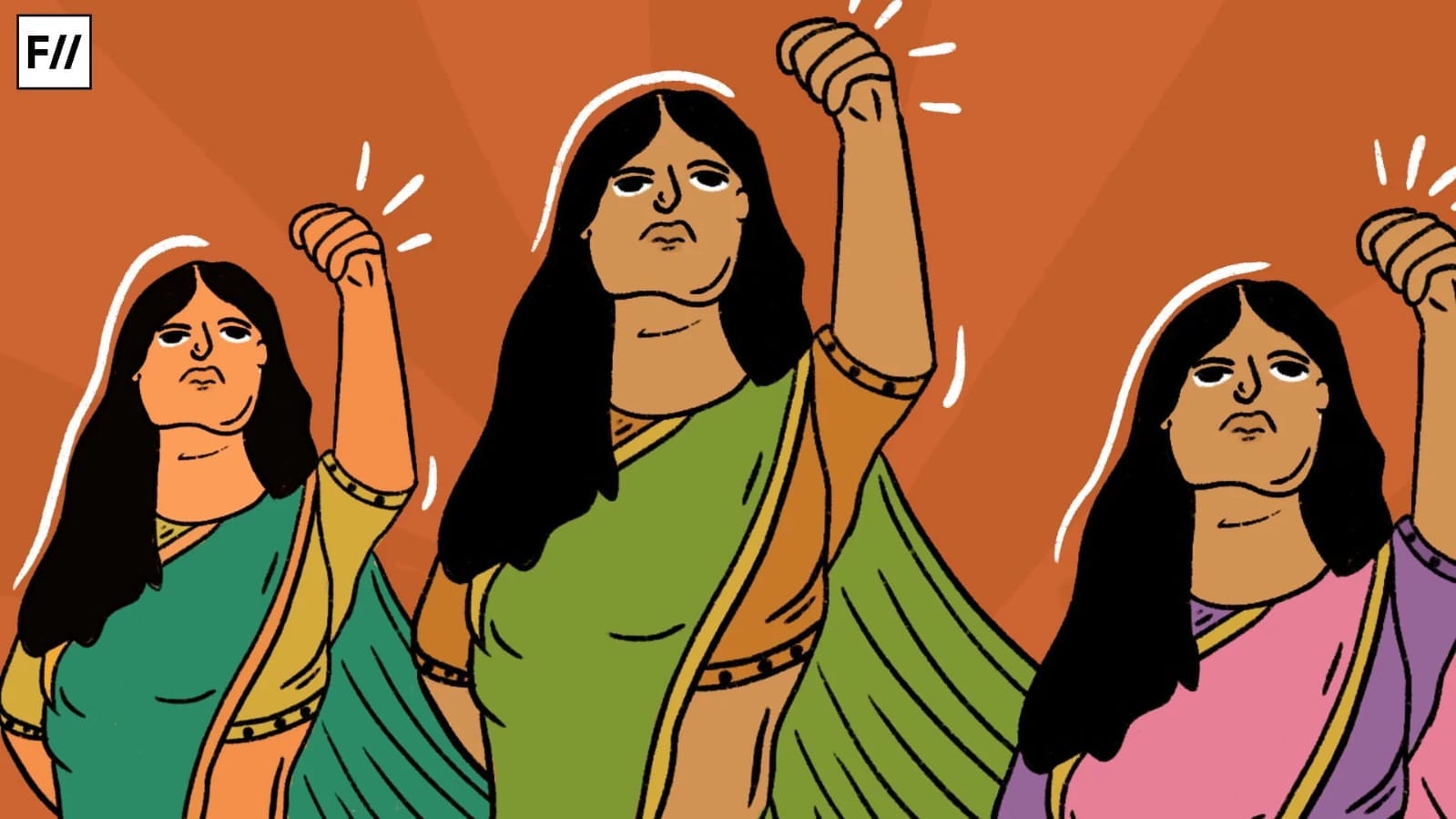


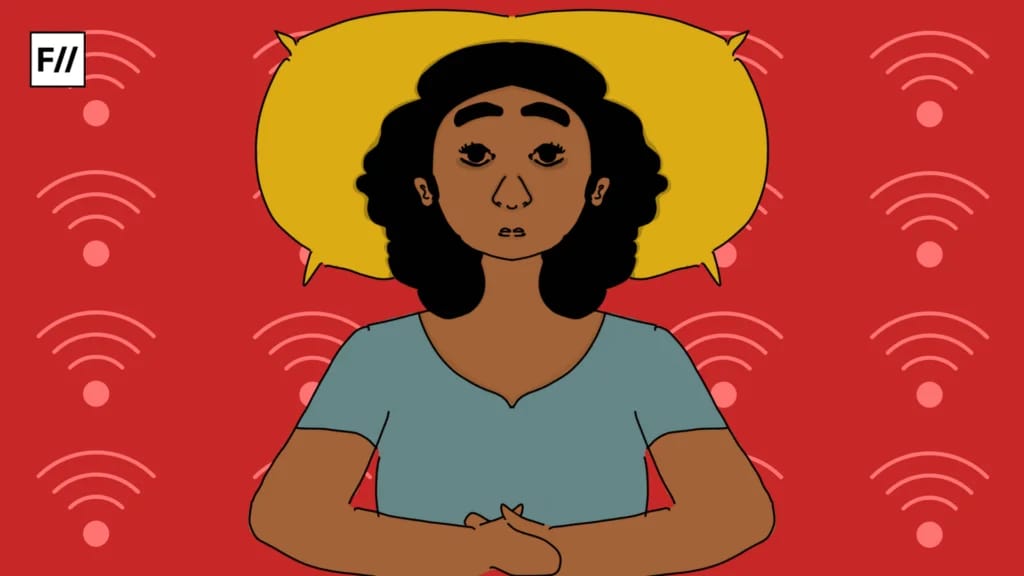
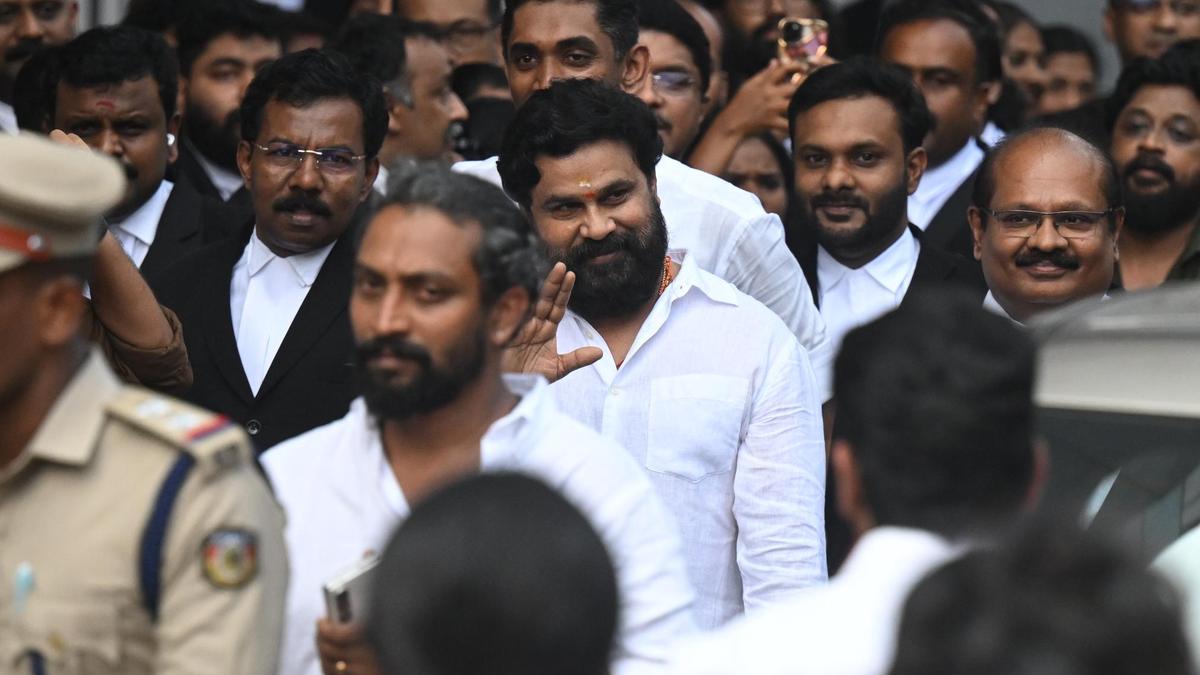

Time for these 2 legged ‘REAL DOGS’ to be removed from society,for good.